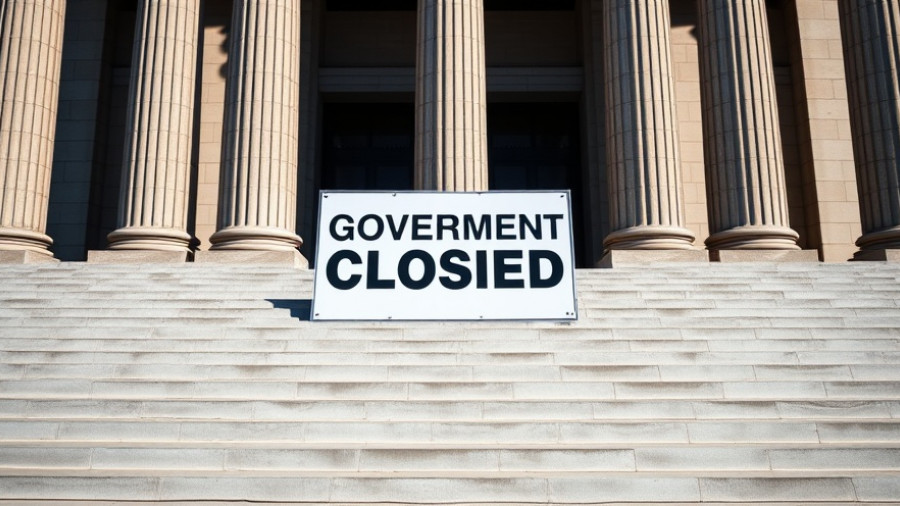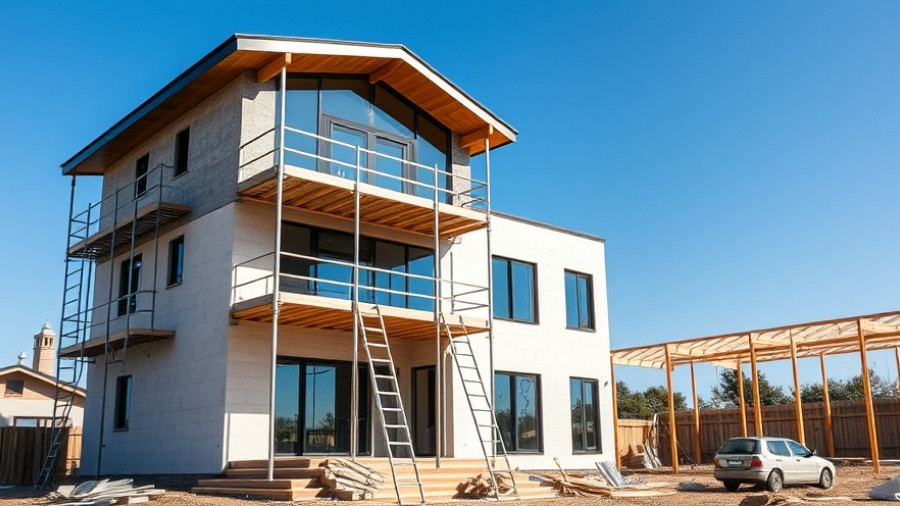
Judge Stands Firm Against Shutdown Cuts
In an unexpected turn of events, a ruling has emerged that holds significant implications for both contractors and their workforce during national shutdowns. Following a controversial directive from the Trump Administration aimed at allowing federal workers to be fired or furloughed during a government shutdown, a federal judge intervened, blocking this initiative altogether.
Understanding the Fast-Paced Construction Landscape
This ruling comes at a crucial time. As we delve into an era where efficient project management and workplace stability are non-negotiable, the actions of government can dramatically affect commercial construction efforts nationwide. The construction industry is uniquely sensitive to such changes; a thinning workforce can stall projects, inflate budgets, and ultimately drag down productivity and economies alike. This ruling, therefore, serves not only as a shield for workers but as a safeguard for projects pending or in progress in the commercial sector.
The Ripple Effect on the Construction Industry
While this judicial decision primarily protects workers, it also sends a message to companies relying on federal contracts. A stable workforce ensures that projects remain on schedule, which is paramount for maintaining supplier relationships and controlling costs. Without this stability, the entire supply chain could be threatened, leading to potential layoffs or slowed progress on multi-million-dollar contracts—an outcome no one in the industry wishes to see.
Workers' Rights and Construction Innovations
This ruling may also reflect broader trends concerning workers' rights within the construction field. As technology drives change and innovation becomes the norm, ensuring a skilled workforce is essential. This means more focus on retention and training programs that emphasize worker safety, as well as an investment in sustainable practices. Companies that prioritize their employees during uncertain times are those likely to thrive when the economy rebounds.
Looking Forward: Opportunities or Challenges?
The future of commercial construction may hinge on more than just materials and designs; it could depend on policies that favor worker protection. Construction firms should prepare themselves to adapt, thinking ahead towards various scenarios that might arise from government directives or economic shifts. An agile approach includes anticipating changes in the labor market and assessing how best to retain skilled workers during lean times.
The recent court ruling not only underscores the need for robust workforce policies but also hints at enduring labor market dynamics that should be on the radar of commercial construction clients. Staying informed and adaptable in response to these developments can pave the way for long-term project success.
 Add Row
Add Row  Add
Add 




Write A Comment